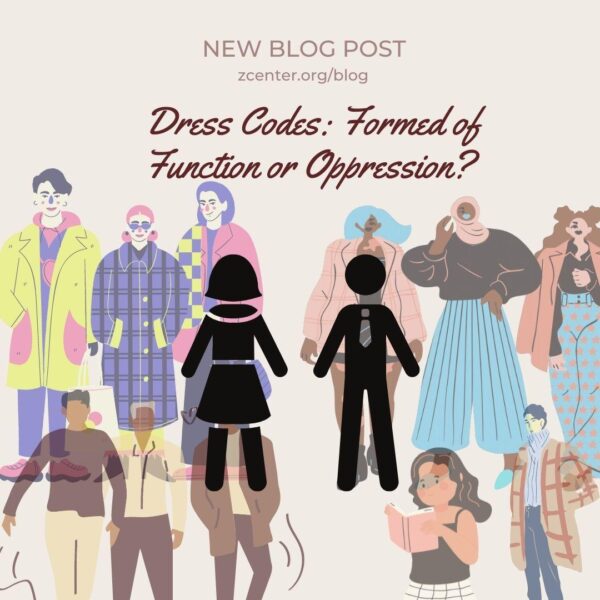Here we are at our keyboards, working, scrolling, shopping, blogging. Regardless of the activity, we are using a computer and connecting to the outside world virtually. The last 18+ months has shown many of us with computer based jobs that work can be done from anywhere, while wearing just about anything…so what does that mean for a back to office dress code? Does what you are wearing make you a better employee or increase your output? Does it make you a more trusted professional?
Dress codes are often meant to bring comfort to those around us, not meant for the person wearing the clothing. Our office recently discussed the back to office dress code and there was a huge range of opinions on what is and isn’t acceptable. The outcome was that our clothing gives a perception to the outside world, and in order to show that the work we do is serious, no longer tie-dye and Birkenstocks, we have to stick to business casual.
That being said, many of us remember dress codes from school days, things like spaghetti straps, short skirts, and baggy pants almost always made this banned list (and still do). Dress codes today put the onus on the wearer, not their peers to dress and act a particular way. Why is a young girl responsible for covering her shoulders to not distract another student, instead of the other student allowing a girl to be left alone while exposing her shoulders?
Why do we continue to put the blame on the person wearing something, versus the person perceiving what that person is wearing to be sexualized, villainized, or culturally unnerving?
Are these items inhibiting learning and work output or are they simply outside the white-heteronorm dress code and therefore considered a distraction? Moreso, school districts and workplaces often gender various additions of personal expression such as earrings, nail polish, and belts. Are we hyper focused on outward attire instead of discussing where these societal expectations come from? Lessons could be learned regarding the root of these cultural views and gender norms, and an increase in cultural competency could be an output from these discussions.
Challenge yourself, your office, and your peer group to discuss what an outfit says about you, or what you think an outfit says about someone else. If we use these examples for discussion and not as a punishment perhaps our workplaces and schools would become more inclusive and culturally diverse, making the “norm” people being comfortable in their expressions and less comfortable in a blue button down shirt.
Written by Anna Lehner, Director of Development
All ZCenter blog posts are written by state certified staff, interns, and volunteers. For questions on authorship or content, please email kjones@zcenter.org.

